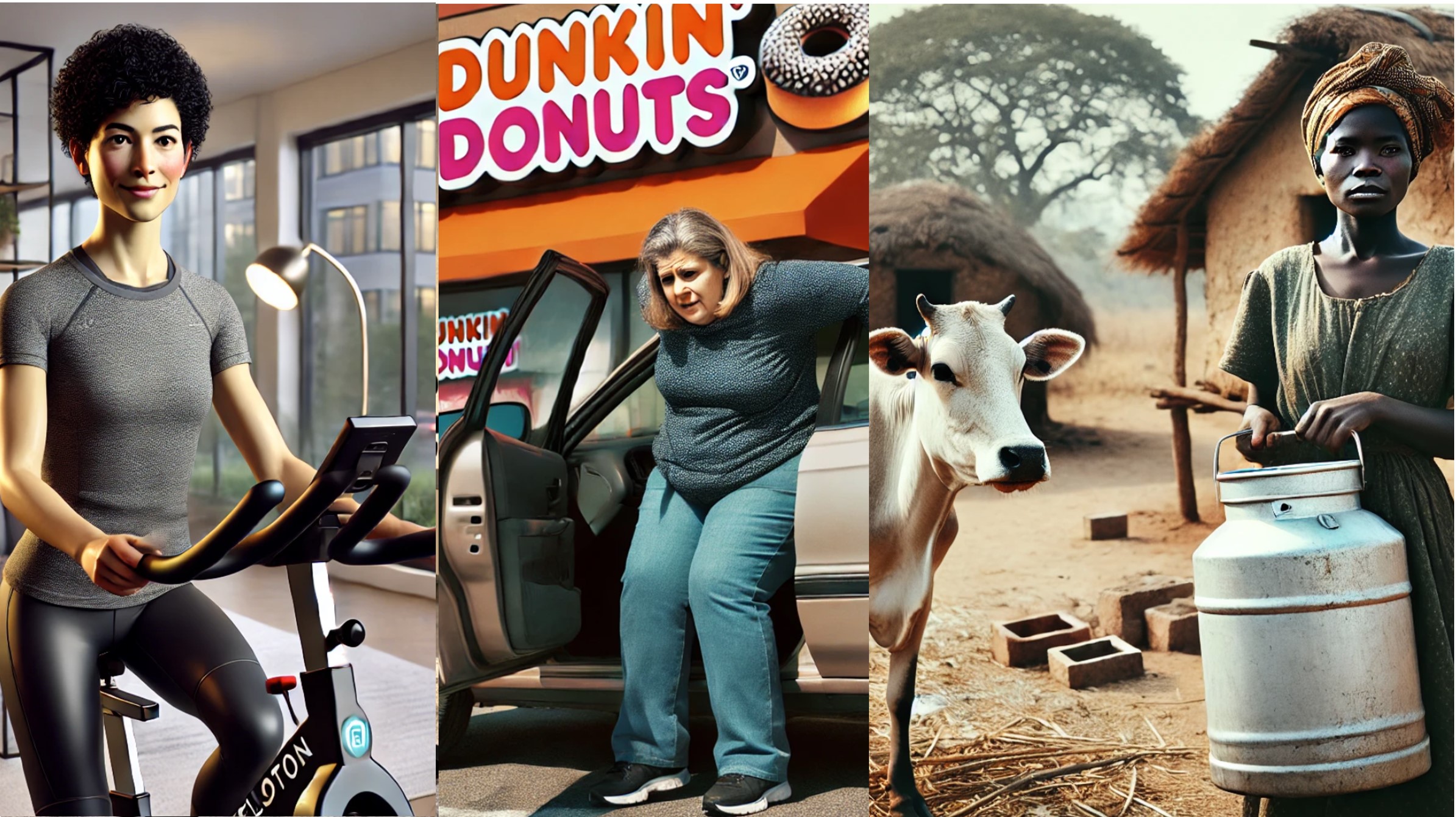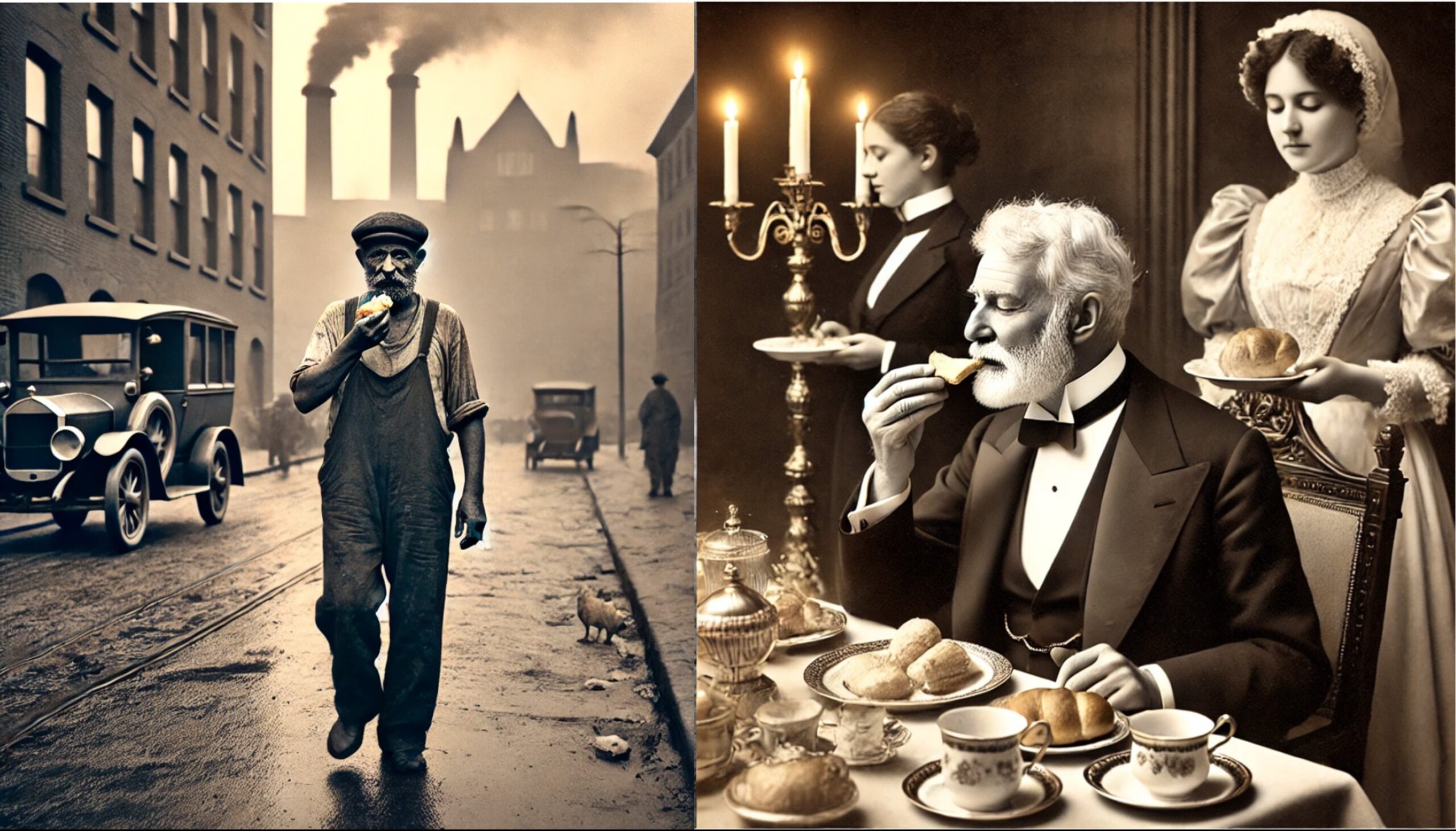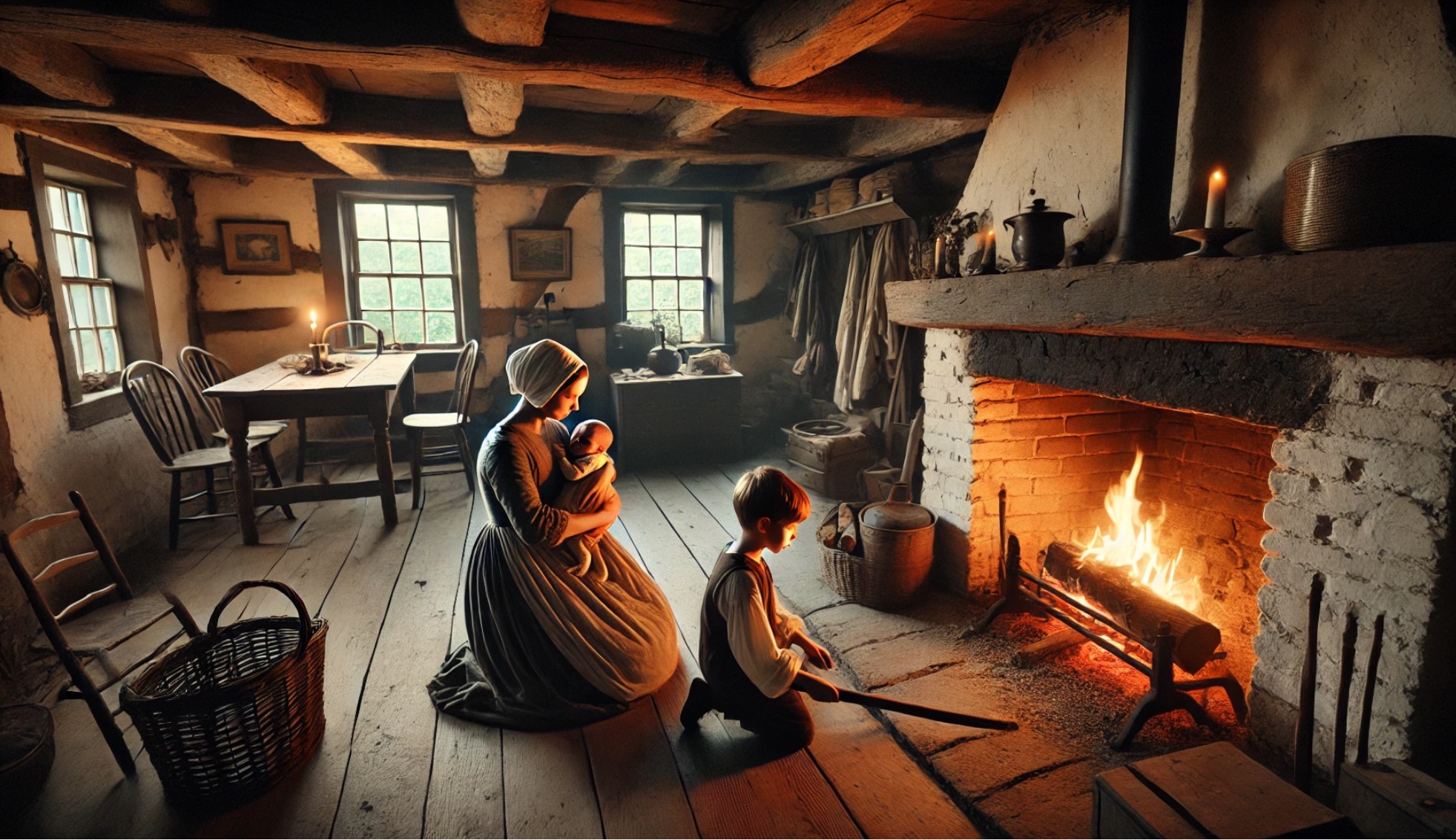The Death of Religion has Been Greatly Exaggerated
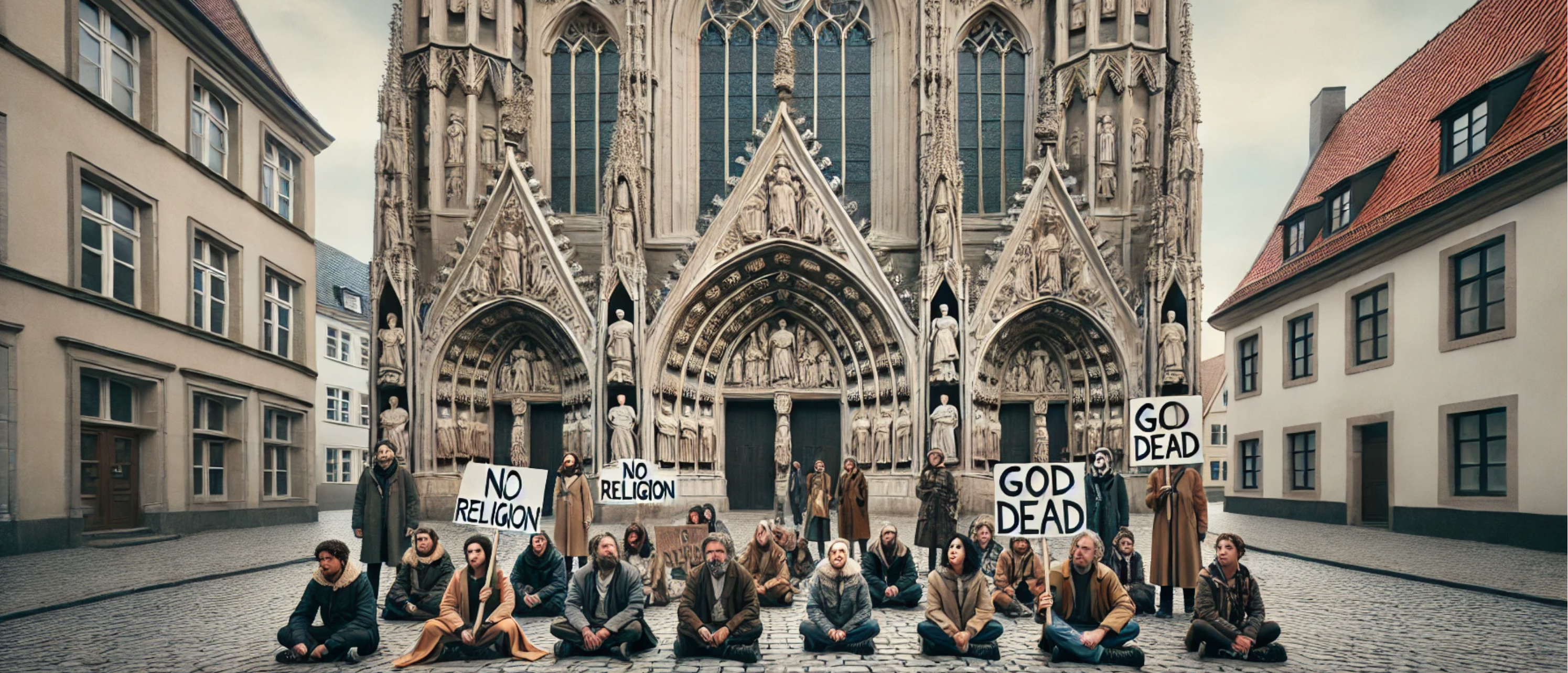
A lot of noise is being made in the US these days about “the rise of the nones,” people who don’t identify with a religion. A 2024 Pew Research poll produced a flurry of click-bait headlines claiming the “nones” were now the “fastest growing religious group” and even that they are “the largest cohort in the US.” That last one, from an NPR story, was more than a little misleading. To award “nones” the top slot at 29% required not only dividing the 63% who identified as Christians into Protestants and Catholics but sub-dividing Protestants into “evangelicals” and “mainline”, something the poll itself did not do. These headlines are part of a popular narrative that a “dramatic and rapid secularization of America[1]” is well underway. This narrative is cheered by skeptics and used by the faithful to explain all manner of what they see as the decay of civilized society. Are the nones really taking over? Is religion dying out? Before we can answer those questions, we have to define what we’re talking about when we say religion. A useful tool to help us define the components that comprise a religion was developed by Loyal Rue, professor emeritus of religion and philosophy at Luther College in Decorah Iowa. He created a model which delineates aspects common to virtually all religions.
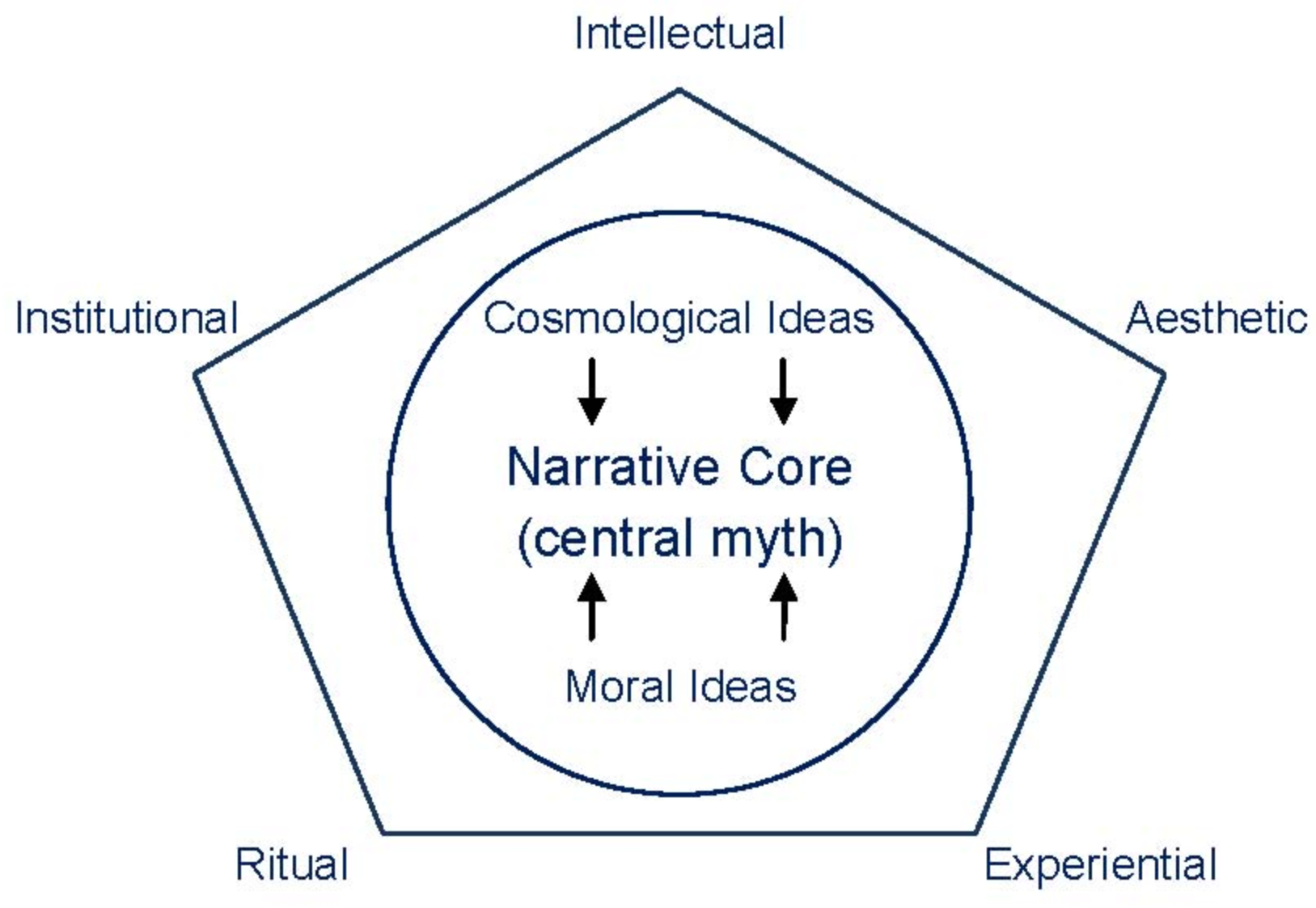
Loyal Rue’s model of religion.
The center circle of Rue’s model is religious belief. It’s where cosmological ideas, which Rue describes as “how things are” and moral ideas, which he describes as “what things matter,” are woven into a central narrative myth. For example, in Christianity, the cosmological claim is that God created heaven, Earth and man in his image and the moral ideas are the Ten Commandments and the teachings of Christ. These ideas are combined into a core narrative that God came to Earth in the human form of Jesus, died for our sins and was resurrected to show believers that eternal life and victory over sin are possible. Buddhism, despite having a completely different belief system, still fits into Rue’s model. Buddhism’s cosmology is that all phenomena are interdependent and subject to constant change. The main moral idea is that this impermanence causes suffering due to our illusion of a permanent self. These concepts are woven into a narrative core where one can achieve enlightenment, transcending the cycle of birth, death, and rebirth, by understanding the true nature of reality.
The center circle contains the beliefs the faithful adhere to and the outer pentagon shows the “strategies” employed in support of those beliefs. For example, a religious organization (institutional) holds services (ritual) held in beautiful buildings filled with art (aesthetic) in order to foster a connection to the core narrative (experiential). The intellectual strategy is employed by institutions through their support of schools, classes and scholarly interpretation of text.
Skeptics like to focus on the belief-center in Rue’s model. The more authoritarian and dogmatic the religion, the more inviting a target that chewy center is. That so many of religion’s cosmological ideas have been revealed by reason to be incorrect makes falsifying doctrines which claim “every word” of their chosen text is true, truly easy. In addition, the role that religion has played in some of humanity’s most despicable behavior casts doubt on the claim many religions make that belief in their core narrative is a requirement for morality. While there certainly was a time when pretty much everyone accepted “every word” doctrines, including the divine source of human morality, is this still the case?
This is where we find the split which is forming between individual religious beliefs and institutional dogma and doctrine. While it’s true that institutions and individuals adhere to the same belief center, they use them differently and for different reasons. A religious institution, whether an independent local group, or a massive state-affiliated church like Catholicism or Wahabism, is motivated to acquire new, and retain current, members. Individual believers on the other hand, are typically more focused on things like their own comfort, spiritual growth and social connections within their community. When we look at how the views of individual believers have changed, it reveals how those beliefs are diverging from the dogma and doctrines of traditional religious institutions.
Consider these results from a December 2023 Pew Research poll: 83% of all U.S. adults believe people have a soul or spirit in addition to their physical body and 81% say there is something spiritual beyond the natural world, even if we cannot see it. A 2023 Gallup poll found that 74% of Americans believe in God, 69% in angels, 67% in heaven, 59% in hell and 58% in the devil. Despite these high numbers, Gallup used “Belief in Five Spiritual Entities Edges Down to New Lows” as the headline for their press release. While the population at large still holds many religious beliefs, what about those nones? In that same Gallup poll, 2/3 of the unaffiliated said they either believe in the God of the Bible (13%) or “another higher power[1]” (58%). Even self-identified atheists and agnostics hold supernatural beliefs which are at least quasi-religious. A 2019 study conducted by the Understanding Unbelief program in the UK polled atheists and agnostics in the UK, US, Brazil, China, Denmark and Japan and found a majority held at least one supernatural belief such as astrology, life after death, a universal spirt or an underlying force which determines good and evil.
While there are clearly still many believers, there has been significant movement away from active participation in the rituals and dictated belief systems of the major religions. The Gallup poll mentioned above also includes survey of membership in a “church or synagogue” and between 2000 and 2023 “yes” fell from 68% to 45% and “no” rose from 32% to 55%[2]. In just over 20 years membership in a church or synagogue dropped from more than 2/3 of the population to less than half. Another question in that same Gallup US poll suggests that an erosion in confidence in “the church or organized religion” played a large role in this decline. In 2000 56% of respondents said they had a “great deal” or “quite a lot” of confidence but by 2023 that number dropped to 32%. Over that same period the number of people who said they had “very little” or “no” confidence rose from 16% to 29%. The folks in the middle who said they had “some” confidence doubled from 14% to 29%. While the “nones” group is rising, what we are experiencing is a dramatic shift away from belief in traditional institutional religions and their doctrines. Individual religious beliefs are still thriving. They are shifting rather than dying out.
Most people still believe in supernatural myths which explain how things are and what things matter but they are increasingly pulling away from traditional religious authorities and institutions. These shifting belief systems have created a market for new institutions and authorities to emerge. A great example is Deepak Chopra who has sold more than 20 million books, has over 3 million X (Twitter) followers and a net worth estimated to be north of $150M. Dr. Chopra recognized the erosion of faith in traditional religions combined with the continued desire to believe in comforting supernatural stories as an opportunity to form a new religious narrative. A medical doctor, he positions himself as a scientist, a champion of reason, but he regularly delves into areas where he is not a domain expert. He is particularly fond of quantum physics, as it’s confusing and counter-intuitive to most people. By connecting quantum weirdness to the mysteries of consciousness he conjures up a supernatural world of “energy” where your consciousness survives death. Here’s a quote from Dr. Chopra regarding nonlocality, the confusing ability sub-atomic particles seem to have of “knowing” each other’s state, even across vast distances:
“The non-local domain as the source of all relative expressions is a realm of unlimited possibilities, but it has none of those expressed values in it. Therefore it has no time, energy or space in it, yet it is the source of all energy, time and space. The non-local domain does not contain atoms, molecules or subatomic particles, yet it is the domain from which all subatomic particles arise.”
This passage would likely put any actual physicists unfortunate enough to hear it into deep intestinal distress, but his science-y brand of bullshit does sell a lot of books. What Dr. Chopra’s is selling is a comforting supernatural story based on science he is (literally) banking on being beyond the understanding of his customers. (I have no way of knowing whether Dr. Chopra actually believes this himself, but I suspect the revenue it generates produces a confirmation bias sufficient to make him a believer). This is really just an update of the old snake oil business model that flourished at a time when the role of germs in disease and the development of pharmaceuticals were just beginning to be understood. Dr. Chopra built a multi-million-dollar institution with ventures that employ many people, including the Chopra Foundation and the Chopra Center for Wellbeing. He is a religious authority who has created a core narrative that includes the cosmological idea that consciousness is a fundamental element of the universe woven together with a framework for how to live a meaningful, purposeful and ethical life. This narrative is perfectly crafted for people who want to believe their consciousness will survive the death of their body and that their life has a cosmic purpose, but who can no longer accept the cosmological and moral ideas of traditional religions.
It could be argued that as someone who spent 40 years in the professional audio business, I’m in no position to throw stones at someone who has figured out how to monetize bullshit. I should also point out that as a product marketer, I think Chopra is a genius. I certainly was never involved in the creation of a product or service that was anywhere near as successful as what he conceived and built. Spinoza referred to religion as “useful fiction” and Chopra’s narrative does bring comfort and community to millions of people. We all want to, need to believe, so why not let us if it’s useful? My answer is that our amazing progress as a species is rooted in our ability to collaborate in larger and larger groups. Our best shot at continuing that progress is to unite behind one true story rather than be spread out across an array of fictions, no matter how useful.
Religion was an early unifying force for humans and an important component in the early development of civilization. In addition to using stories to foster communal action, religion’s afterlife myths provided a solution to an evolutionary problem; the collision between our drive to survive and the certain knowledge that we will die. All organisms possess a fundamental survival instinct, but humans stand alone in having to reconcile that powerful instinct with the knowledge of inevitable death. This creates a disincentive to persevere, and stories of life’s suffering being rewarded with a blissful afterlife counter that disincentive. There is evidence to support the conjecture that humans have been naturally selected to believe in an afterlife[2]. This biological selection is then super-charged by cultural selection, where virtually all religious traditions include an afterlife narrative.
Religions achieve progress by uniting people behind their story, whose founders and authorities typically claim is the one true story. The problem is that since every religion made up its own story, different groups of people lined up behind different stories which created divisions that have hindered progress. When humans lived in small bands of hunter-gathers or isolated communities, the positive effects of group alignment outweighed the negative effects of conflicting stories, but as the world got smaller and more crowded different groups began to collide. These stories conflicted with each other and with reason, ultimately turning religion into a net detractor of human progress. We want to, need to, believe and religion has been the main way we’ve filled this need. Is it possible for us to have our cake and eat it too? Can we have a religion which provides comforting benefits like community and shared morality without dividing us or would it be better to simply abandon the whole religious project? This will be the subject of next week’s blog post; “Religion Who Needs It?”
[1] “Age of Revolutions: Progress and Backlash from 1600 to the Present,” – Fareed Zakaria 2024
[2] Oxford university conducted 40 separate studies which demonstrated that people are natural ‘dualists’ finding it easy to conceive of the separation of the mind and the body and the mind lives on after the body.
[1] “America’s Changing Religious Landscape” – Pew Research 2014
[2] “Age of Revolutions: Progress and Backlash from 1600 to the Present,” – Fareed Zakaria 2024
[3] “Spirituality Among Americans” – Pew Research 2023
[4] Despite clearly showing that the vast majority of Americans still hold religious beliefs, Gallup used “Belief in Five Spiritual Entities Edges Down to New Lows” as a press headline
[5] “Religious ‘Nones’ in America: Who They Are and What They Believe” – Pew Research 2024
[6] Gallup “Religion” 1992-2021
[7] I have no way of knowing whether Dr. Chopra himself knows this is total bullshit, but my suspicion is the revenue it generates produces a confirmation bias sufficient to make him a believer.
[8] Oxford university conducted 40 separate studies which demonstrated that people are natural ‘dualists’ finding it easy to conceive of the separation of the mind and the body and the mind lives on after the body. https://www.sciencedaily.com/releases/2011/07/110714103828.htm

